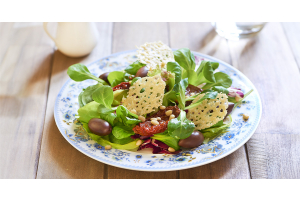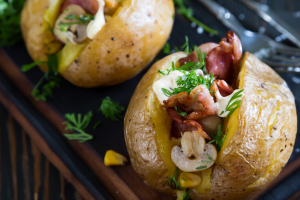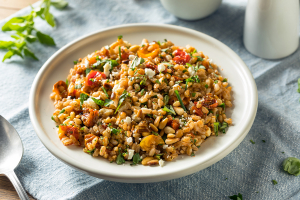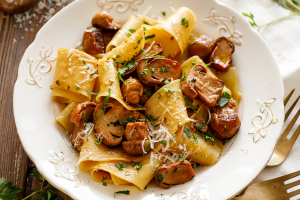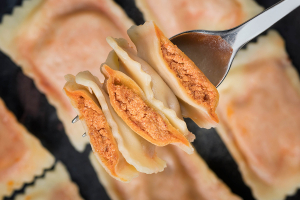Stocco fish from Mammola, a Calabrian excellence... from Norway
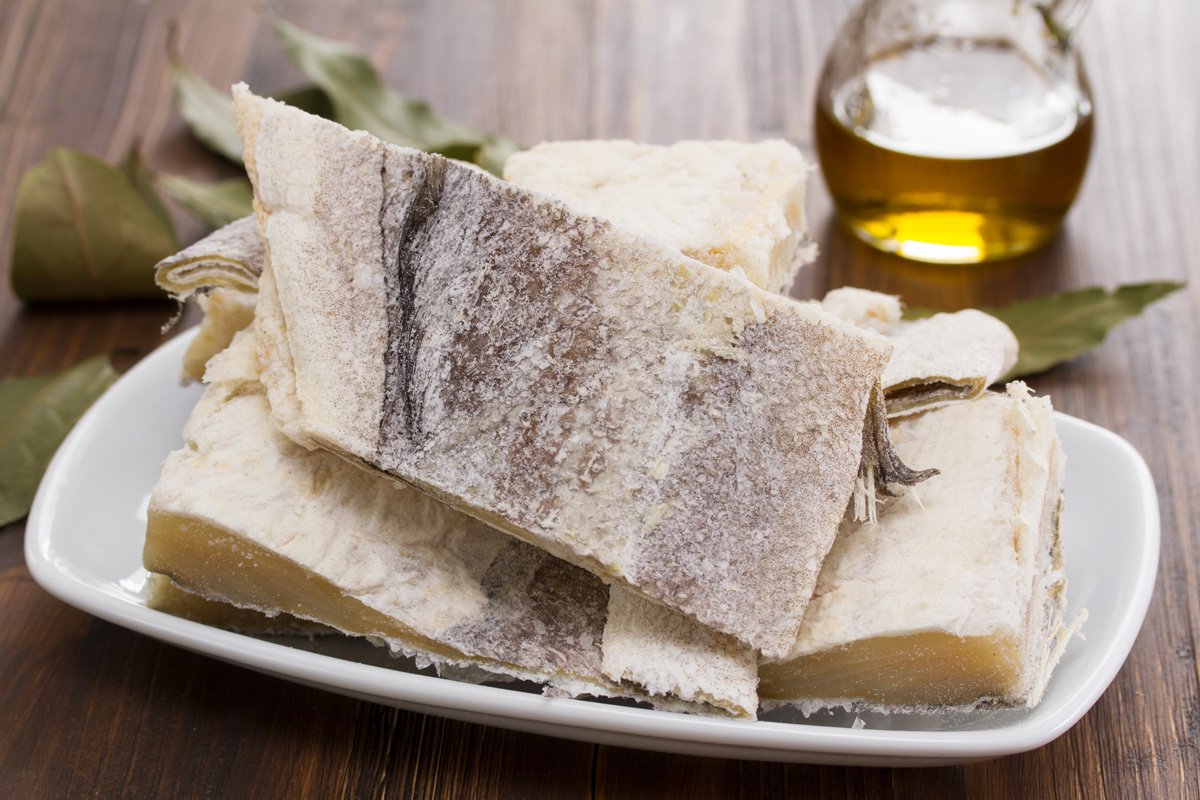
When we talk about the Reggio Calabria area and food, we cannot fail to mention the stocco from Mammola, one of the traditional fish products of Reggio Calabria. An integral part of the typical cuisine of the Mediterranean diet, the stocco fish has been included in the National List of Traditional Agri-food Products by the Ministry of Agriculture and Forestry (Suppl. Ord. G.U. n. 167 of 18-7-02 page 13 n° 201).
Stocco, a kind of dried cod (it takes five kilograms of fresh cod to produce one kilogram of stocco), is a dish whose origins are lost in the mists of time; considered a poor man's dish, it was prepared and eaten by farmers and labourers, very high in protein (low in fat, also rich in vitamins and minerals), in fact, it provided the energy needed to tackle the hard work in the fields.
In the Locri area, stocco fish, as tradition dictates, is the typical dish of Good Friday and Christmas Eve.
Mammola, home of the Stocco
Mammola is a small municipality of Reggio Calabria located on the Ionian side of Calabria, between Aspromonte and the Calabrian greenhouses. For over forty years, the traditional Sagra dello Stocco has been organised here on 9 August: in the small squares of the old village, stocco prepared in various ways and served in terracotta pots (tianeji) is sampled. Because of its typicality, the festival is one of the most important gastronomic events in Calabria and attracts thousands of tourists amidst singing, dancing, sounds and various other attractions.
How Stocco di Mammola is prepared
Cod fished in northern European countries is salted and dried in the sun, hung on special wooden frames; at the end of this natural preservation process, the stocco is carefully cleaned and rehydrated for several days. In this process, water plays a very important role and the water that flows in Mammola is particularly rich in all the trace elements that enhance its taste. Stocco, once rehydrated, is prepared with peeled tomatoes, olives, peppers and potato wedges and generally accompanied by local red wine or Cirò wine.

